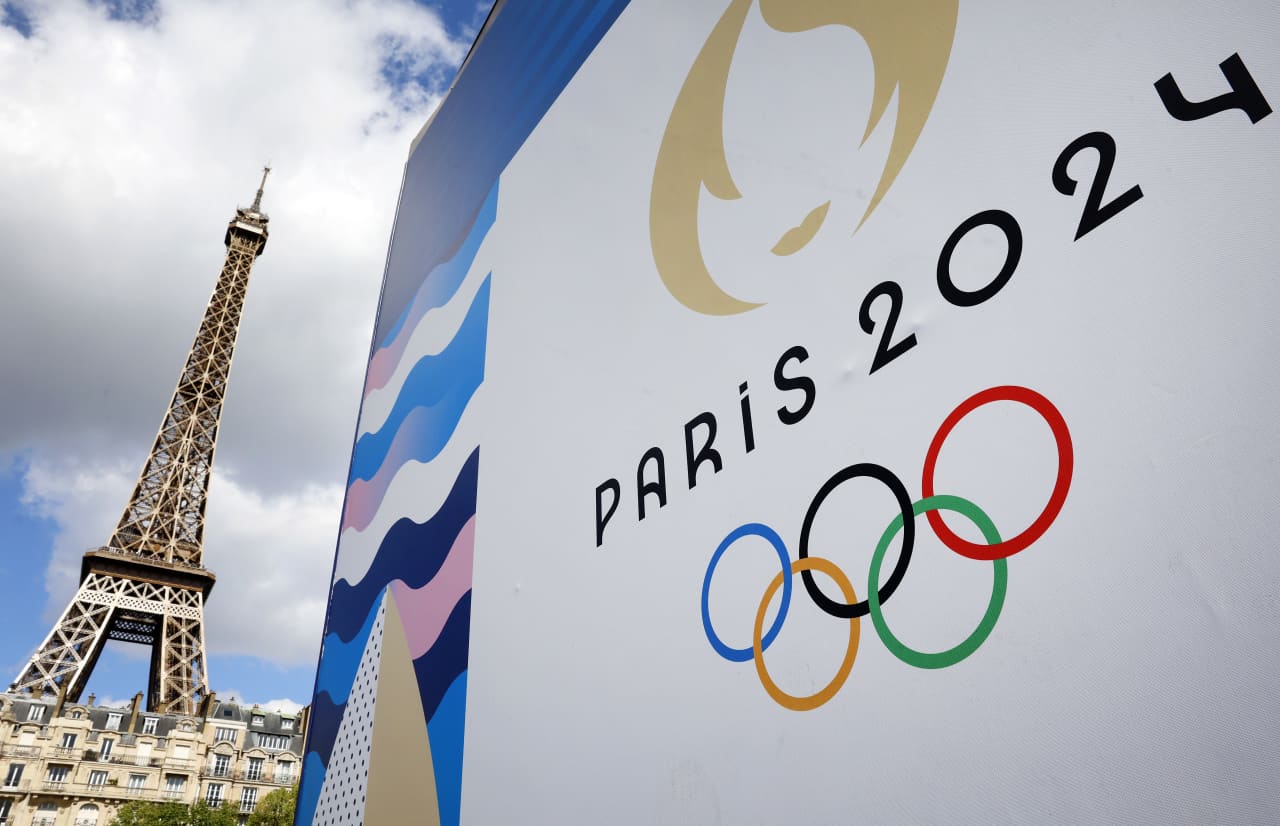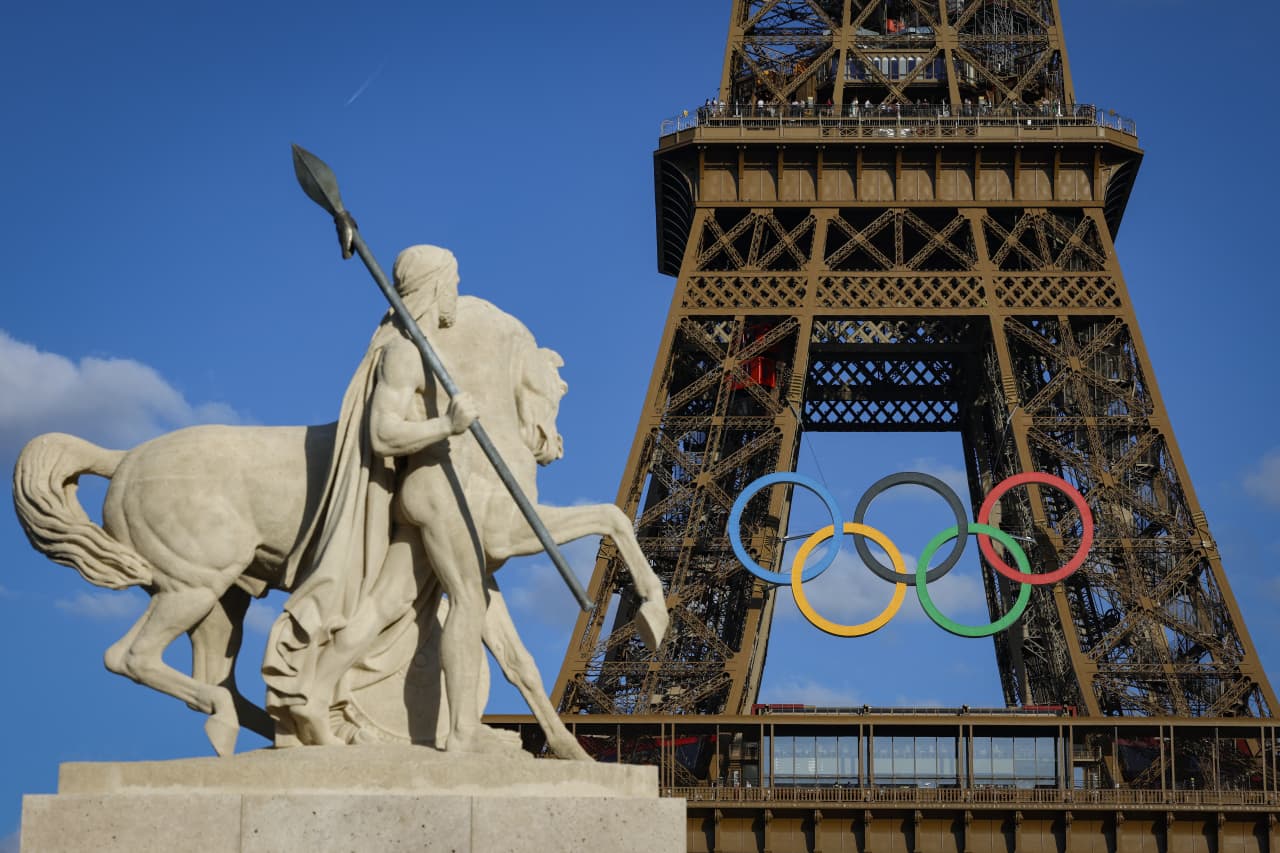Being Outside Is Good For Your Health—But Does Golf Count?
There are many health benefits of spending time in nature—but what exactly does that mean?
There are many health benefits of spending time in nature—but what exactly does that mean?
In response to our recent story about the health benefits of spending time in nature, readers wanted to know: What type of nature counts?
Lots of studies indicate it is good for you to spend time in the woods. But what about the beach? The garden? On a motorcycle? What about a golf course? What if you don’t walk the golf course but ride in a cart? What if you’re having a really frustrating game?
Though hundreds of studies convincingly suggest that spending time in nature is good for health and longevity, scientists still don’t know exactly why. “What really is it about ‘nature’ that makes us healthier? We can’t nail it down to one thing that is true for all people,” says Christopher Minson, a University of Oregon physiology professor and chief science officer of NatureQuant, a startup working on an app for users to track the time they spend in nature.
Take golf courses, for instance. Those count as nature because they are green space. Numerous studies have associated golf with improved health. But is that because of the exercise or the nature? “No research I’m aware of has directly investigated whether the health benefits to being on a golf course can be attributed to nature itself,” Dr. Minson says.
Beach time? It is good for your physical and mental health, according to a growing body of research. Adults in England who live in coastal areas “tend to be happier and healthier than similar individuals inland,” according to a study published in the journal Environment International in 2019. That may be partly because they were more physically active. They took more walks. The difference in onland physical activity between those living less than 5 kilometres—or a little over 3 miles—from the coast and those living more than 50 kilometres was equal to cycling 14 to 40 minutes a week at 15km an hour, the researchers found.
That wasn’t the only reason, though, according to the study. People living inland near “blue spaces”—rivers and lakes—also reported greater health and happiness that wasn’t associated with physical activity.
No, you don’t have to be exercising to reap the benefits of nature.
The practice the Japanese call “forest bathing” is strongly linked to lower blood pressure, heart rate and stress hormones and decreased anxiety, depression and fatigue. It also is linked to decreased inflammation. Many scientists believe the benefits aren’t due just to clean air and less noise, but the substances released from trees, plants and soil. Those include organic compounds, pollen, fungi and bacteria that contribute to the diversity of microorganisms humans need for a robust and diverse microbiome—all the tiny living things on us and in us that protect us from disease. So just breathing the fresh forest air may help strengthen our immune systems, according to a review published in February in the International Journal of Environmental Research and Public Health.
The benefits don’t just occur in forests. Scientists define nature as all sorts of environments dominated by living material, from a small urban park to the wilderness, according to research. Their definition of “nature exposure” ranges from plants in a room to camping trips to virtual reality.
That means you are likely to get some nature benefits from gardening, kayaking or even on a motorcycle, assuming it’s out in the country, says Dr. Minson. A lot more research is needed to know just how much.
 Copyright 2020, Dow Jones & Company, Inc. All Rights Reserved Worldwide. LEARN MORE
Copyright 2020, Dow Jones & Company, Inc. All Rights Reserved Worldwide. LEARN MORE
What a quarter-million dollars gets you in the western capital.
Alexandre de Betak and his wife are focusing on their most personal project yet.
As Paris makes its final preparations for the Olympic games, its residents are busy with their own—packing their suitcases, confirming their reservations, and getting out of town.
Worried about the hordes of crowds and overall chaos the Olympics could bring, Parisians are fleeing the city in droves and inundating resort cities around the country. Hotels and holiday rentals in some of France’s most popular vacation destinations—from the French Riviera in the south to the beaches of Normandy in the north—say they are expecting massive crowds this year in advance of the Olympics. The games will run from July 26-Aug. 1.
“It’s already a major holiday season for us, and beyond that, we have the Olympics,” says Stéphane Personeni, general manager of the Lily of the Valley hotel in Saint Tropez. “People began booking early this year.”
Personeni’s hotel typically has no issues filling its rooms each summer—by May of each year, the luxury hotel typically finds itself completely booked out for the months of July and August. But this year, the 53-room hotel began filling up for summer reservations in February.
“We told our regular guests that everything—hotels, apartments, villas—are going to be hard to find this summer,” Personeni says. His neighbours around Saint Tropez say they’re similarly booked up.
As of March, the online marketplace Gens de Confiance (“Trusted People”), saw a 50% increase in reservations from Parisians seeking vacation rentals outside the capital during the Olympics.
Already, August is a popular vacation time for the French. With a minimum of five weeks of vacation mandated by law, many decide to take the entire month off, renting out villas in beachside destinations for longer periods.
But beyond the typical August travel, the Olympics are having a real impact, says Bertille Marchal, a spokesperson for Gens de Confiance.
“We’ve seen nearly three times more reservations for the dates of the Olympics than the following two weeks,” Marchal says. “The increase is definitely linked to the Olympic Games.”

According to the site, the most sought-out vacation destinations are Morbihan and Loire-Atlantique, a seaside region in the northwest; le Var, a coastal area within the southeast of France along the Côte d’Azur; and the island of Corsica in the Mediterranean.
Meanwhile, the Olympics haven’t necessarily been a boon to foreign tourism in the country. Many tourists who might have otherwise come to France are avoiding it this year in favour of other European capitals. In Paris, demand for stays at high-end hotels has collapsed, with bookings down 50% in July compared to last year, according to UMIH Prestige, which represents hotels charging at least €800 ($865) a night for rooms.
Earlier this year, high-end restaurants and concierges said the Olympics might even be an opportunity to score a hard-get-seat at the city’s fine dining.
In the Occitanie region in southwest France, the overall number of reservations this summer hasn’t changed much from last year, says Vincent Gare, president of the regional tourism committee there.
“But looking further at the numbers, we do see an increase in the clientele coming from the Paris region,” Gare told Le Figaro, noting that the increase in reservations has fallen directly on the dates of the Olympic games.
Michel Barré, a retiree living in Paris’s Le Marais neighbourhood, is one of those opting for the beach rather than the opening ceremony. In January, he booked a stay in Normandy for two weeks.
“Even though it’s a major European capital, Paris is still a small city—it’s a massive effort to host all of these events,” Barré says. “The Olympics are going to be a mess.”
More than anything, he just wants some calm after an event-filled summer in Paris, which just before the Olympics experienced the drama of a snap election called by Macron.
“It’s been a hectic summer here,” he says.

Parisians—Barré included—feel that the city, by over-catering to its tourists, is driving out many residents.
Parts of the Seine—usually one of the most popular summertime hangout spots —have been closed off for weeks as the city installs bleachers and Olympics signage. In certain neighbourhoods, residents will need to scan a QR code with police to access their own apartments. And from the Olympics to Sept. 8, Paris is nearly doubling the price of transit tickets from €2.15 to €4 per ride.
The city’s clear willingness to capitalise on its tourists has motivated some residents to do the same. In March, the number of active Airbnb listings in Paris reached an all-time high as hosts rushed to list their apartments. Listings grew 40% from the same time last year, according to the company.
With their regular clients taking off, Parisian restaurants and merchants are complaining that business is down.
“Are there any Parisians left in Paris?” Alaine Fontaine, president of the restaurant industry association, told the radio station Franceinfo on Sunday. “For the last three weeks, there haven’t been any here.”
Still, for all the talk of those leaving, there are plenty who have decided to stick around.
Jay Swanson, an American expat and YouTuber, can’t imagine leaving during the Olympics—he secured his tickets to see ping pong and volleyball last year. He’s also less concerned about the crowds and road closures than others, having just put together a series of videos explaining how to navigate Paris during the games.
“It’s been 100 years since the Games came to Paris; when else will we get a chance to host the world like this?” Swanson says. “So many Parisians are leaving and tourism is down, so not only will it be quiet but the only people left will be here for a party.”